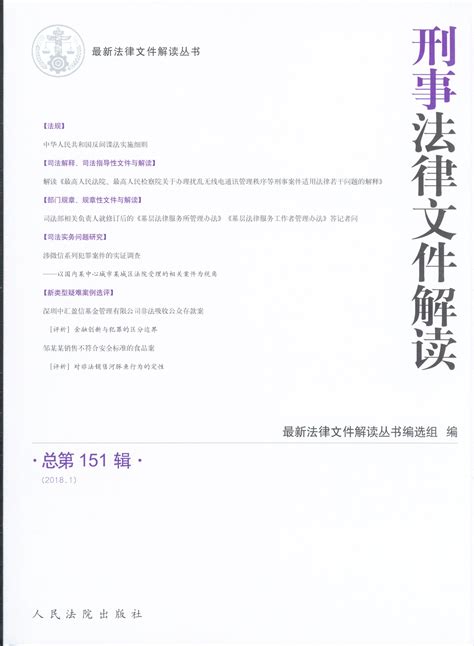The Translation of Criminal Legislation into English
Introduction:
Translating criminal legislation from one language to another can be a challenging task, especially considering the technical and legal nature of the content involved. This article aims to provide guidance and suggestions for translating criminal legislation into English effectively, ensuring accuracy and clarity in the process.
1. Understanding the Source Text:
Before beginning the translation process, it is crucial to have a thorough understanding of the source text. Familiarize yourself with the legal concepts, terminology, and structure used in the original language. Pay attention to any cultural or legal nuances that might impact the translation.
2. Clarity and Accuracy:
Translating criminal legislation requires utmost clarity and accuracy to preserve the original intended meaning. Legal texts often use complex sentence structures and specific terminology that must be accurately conveyed in English. Ensure that the translation is faithful to the source text while adhering to the target language's legal conventions.
3. Consistency and Terminology:
Consistency is key when translating criminal legislation. Create a glossary of key legal terms and ensure their consistent usage throughout the translation. Consistency helps maintain clarity and avoids confusion for users of the translated legislation.
4. Structural Differences:
Consider any structural differences between the source language and English when translating criminal legislation. Pay attention to the order of sections, headings, numbering, and formatting. Ensure that the translated legislation follows the same logical structure as the original text.
5. Legal System Adaptation:
Translate criminal legislation in a way that is relevant and compatible with the legal system of the target language. Familiarize yourself with the legal framework, court procedures, and legal terminology used in the target country. Adapt the translation to fit the context and requirements of the target legal system.
6. Cultural Context:

Take into account the cultural context when translating criminal legislation. Certain legal concepts may not have an exact equivalent in the target language, requiring adaptation or explanation. Consider consulting with legal professionals or experts familiar with both legal systems to ensure accurate translation.
7. Proofreading and Quality Assurance:
After completing the initial translation, it is essential to thoroughly proofread the text to ensure accuracy and consistency. Check for errors in grammar, syntax, punctuation, and spelling. Conduct quality assurance checks to verify that the translation meets the necessary standards.
Conclusion:
Translating criminal legislation into English requires a deep understanding of legal terminology, concepts, and the legal systems involved. It is crucial to approach the task with utmost professionalism, ensuring clarity, accuracy, and consistency throughout the translation process. By following the guidelines and suggestions provided, translators can produce highquality translations that serve the purpose of making the legislation accessible and intelligible to Englishspeaking audiences.
文章已关闭评论!
2025-04-05 05:24:34
2025-04-05 05:06:27
2025-04-05 04:48:22
2025-04-05 04:30:15
2025-04-05 04:11:55
2025-04-05 03:53:53
2025-04-05 03:35:37
2025-04-05 03:17:25